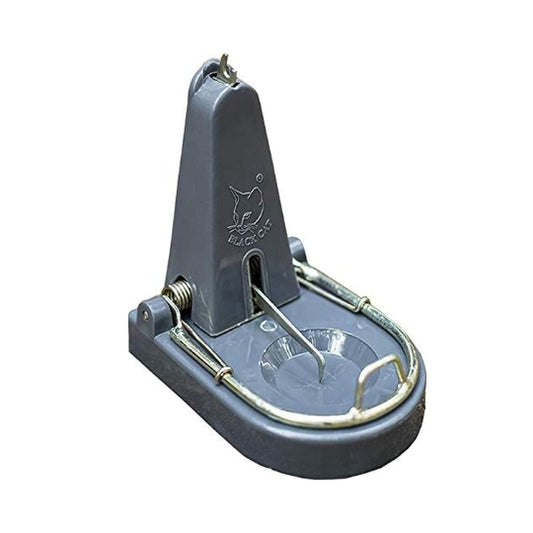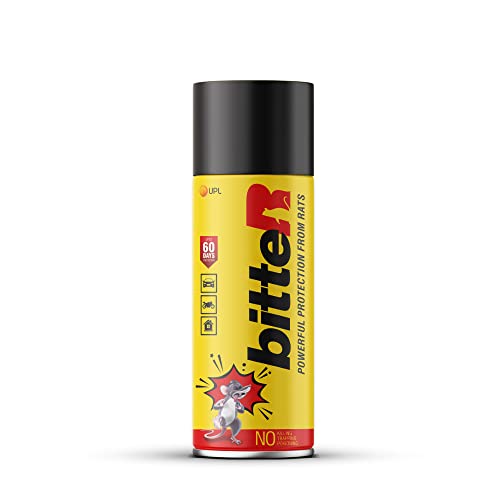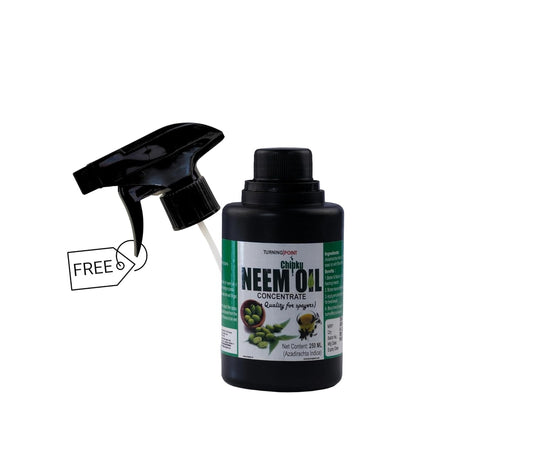
The Profitable Circus of Marketing Mastery
Share
The circus is a business of entertainment, providing an exceptional three-hour experience that evokes a range of emotions, from sorrow and happiness to thrill and excitement. From the circus owner's perspective, it is a business of managing a set of materials that form the circus premise and a group of talented individuals who make this premise come alive for customers. The circus owner must transport the entire set to new locations, set up the circus, market the shows, conduct the performances, and dismantle the set-up for transportation to the next venue.
Profit is only realized when the circus owner recoups the costs associated with set-up, transportation, artist salaries, and other expenses. Therefore, marketing plays a crucial role in determining the circus owner's profitability. A poorly conceived marketing plan can lead to losses and increase overall costs. Conversely, a well-crafted marketing plan that generates profit reduces the burden of each cost. Let's examine an effective marketing plan.
A newspaper advertisement announces the arrival of the world-famous Bombay Circus at a prime venue, with shows starting on a specific date and four shows scheduled per day according to a timetable. The advertisement promises exceptional entertainment. While people may notice the advertisement, most will ignore it due to having their own sources of entertainment and the ubiquity of similar advertisements. Only a few individuals will make plans to visit the venue.
A more effective approach involves an elephant from the Bombay Circus, accompanied by dancing jokers, parading through the streets. Everyone on the road is bound to notice the elephant, drawing attention to the circus's arrival and piquing the interest of a larger audience. This goes beyond a non-interactive advertisement; it's a promotional tactic.
The significance of promotion lies in its interactive nature, engaging potential customers. Children are naturally drawn to the elephant and eagerly point at it, while some may even be interested in feeding it. The elephant reciprocates by interacting with onlookers. The jokers seated on the elephant encourage and guide proper interaction.
This interaction sparks the next level of marketing, known as public relations. The elephant's interaction with children creates a sense of fun and provides a glimpse of the entertainment to be expected at the circus. The circus marketing team strategically positions the elephant near the homes, offices, and hotels of influential individuals. These influential people also feed the elephant, and this interaction is captured in captivating photographs by newspapers.
The involvement of newspapers introduces the next stage of marketing: publicity. People read the news articles and share them with family members. At this point, most people have become aware of the circus, and many are enthusiastic about it. Some individuals even replace their existing entertainment plans with the circus. However, this is not the end of marketing. The circus owner has yet to secure a profit. The show must go on.
Visitors to the venue witness the grandeur of the circus and see billboards showcasing the various acts and stunts performed by the artists. They experience the sheer scale of the circus. This is the sales pitch stage. People are almost convinced to pay for tickets, and many make purchases. Sales have begun. However, the owner is still far from reaching a profit, as significant expenses have been incurred for set-up, salaries, and other costs.
The initial few shows are crucial. These shows must fulfill the promise of exceptional entertainment. Every guest who experiences the show becomes a messaging agent, confirming the quality of the entertainment. This is the most critical aspect of marketing: testimonials.
At this point, most people are excited about the circus, have made plans to attend, and have allocated time for the show. The sales generated from the upcoming shows will finally bring profit to the circus owner.
Conclusion: In the vibrant world of circus management, the journey from promotion to profit is a finely orchestrated spectacle. A successful marketing strategy, extending from interactive promotions with elephants to captivating testimonials, is the lifeblood of a circus owner's profitability. Each stage, from creating awareness to converting excitement into ticket sales, plays a crucial role in the grand finale – a profitable circus experience.















